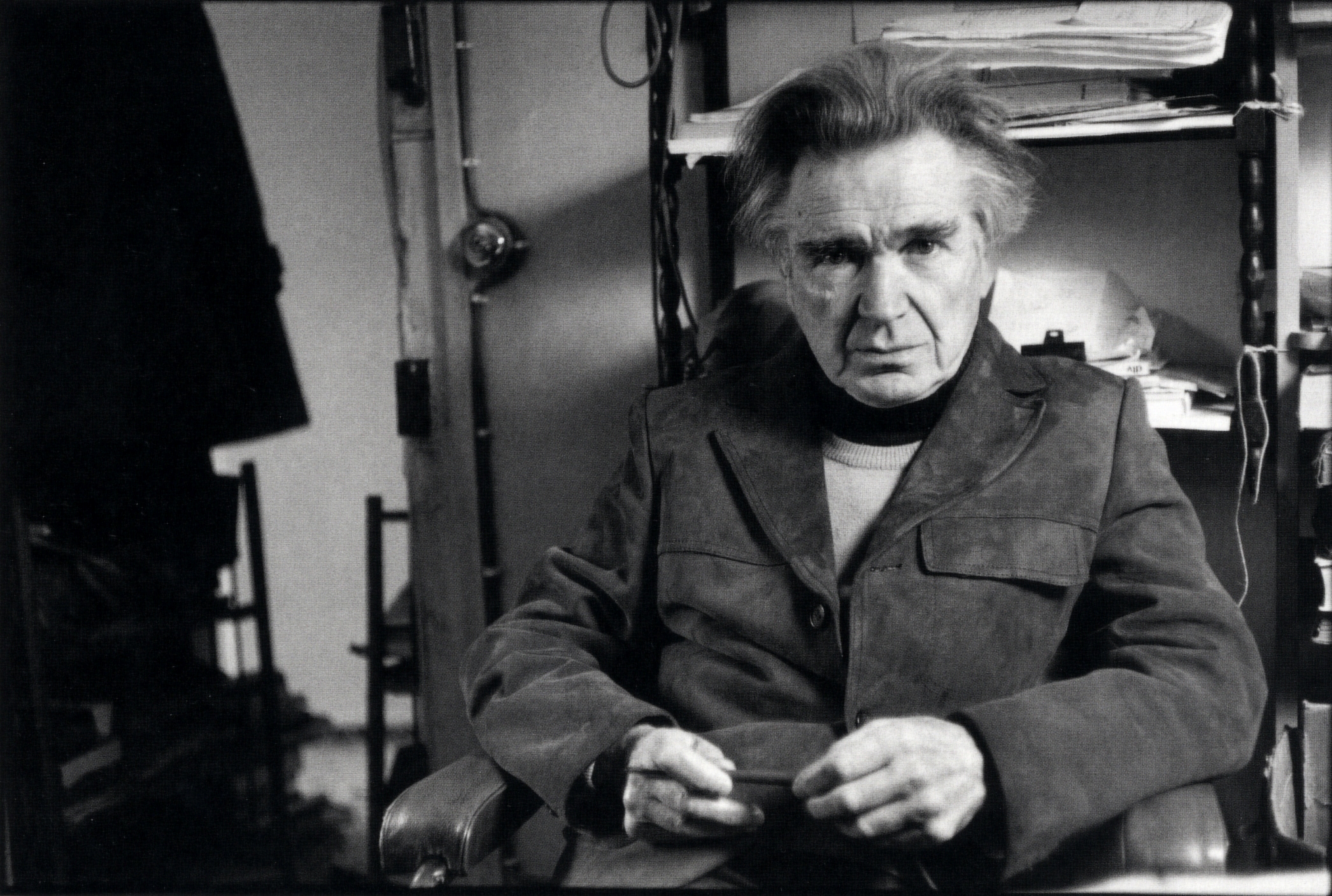
Another short essay by Transylvania’s very own Emil Cioran. Since the last essay I reviewed, I have read many others thereafter. Most, I feel, are so abstracted that you don’t know where the man is getting at and because of that his writings are open to interpretation. Many of Cioran’s ‘essays’ are shorter than my shortest article published on my website!
Right from the start we are faced with this emotive sucker punch: “To live signifies to believe and to hope – to lie and to lie to oneself” Bear in mind he does not define what this lie is in this one page long essay!
“One deception triumphs: there results a religion, a doctrine, or a myth – and a host of adepts; another fails: then it is only a divagation, a theory, or a fiction.”
Back in ancient Greece the gods of the Olympian Pantheon headed by Zeus enjoyed hegemony throughout the Greek world. Its adherents were the Hellenic city states, its citizens and everything Greek. So triumphed this religion that Socrates was put to death after accusations of impiety. Many centuries later these polytheists were supplanted by the triumph of a new challenger, Christianity and its flock. The monotheism of Christianity became the new religious hegemony of Europe (Christendom) the Olympian Pantheon was cast down, it failed and was pejoratively called pagan, their idols looked on as false gods.
Many years back, I once had a conversation about religion with a devoted Christian. Won’t get into the details of it all, but I was questioning him on how can one religion claim absolute truth when there are so many other religions that do the same? To give an example, I mentioned the Greeks believing in the Olympian gods as their truth. He said “they were just myths, I walk with a living god!” – reading this passage by Cioran and looking back, I can now appreciate how one deception triumphs and the other becomes “only a divination, a theory, or a fiction.”
“Only inert things add nothing to what they are: a stone does not lie; it interests no one – whereas life indefatigably invents: life is the novel of matter.”
What of trees? They are firmly planted in the ground and are inert and at the same time alive – they photosynthesize and are made up of plant cells. He’s not wrong, just not precise. The only known matter that has ascribed a narrative to itself and the rest of the world are human beings and do they never ever stop! Every passing year new books are published and pile ever higher for the librarian, new videos are disseminated on the internet, and yes, even the articles on our websites are part of this continuous activity with no end in sight!
“A dust infatuated with ghosts – such is man: his absolute image.”
Man as dust, dust as synonym for matter. Man the material being infatuated by the chimeras of his mind’s imaginative doing. Ghosts, spirits, daemons, poltergeist – the supernatural. The supernatural cannot be found in nature, out there in the world – but only can be made aware as something which arises as a product of the mind. You either can bow down to your own ghostly creation or to that of other people, but the supernatural is not the ‘absolute image’ of man because it is a transient idea which arises and perishes as long as conscious awareness entertains it.
The dual life of life and love
The concluding paragraph is about life and love as a lie (and love as a lie within a lie). The trouble for me is not the superficial claim, it is the lack of explanation as how it is so.
“If life occupies the first place in the hierarchy of lies, love comes immediately afterward, lie within the lie. Expression of our hybrid position, love is surrounded by an apparatus of beatitudes and torments thanks to which we find in someone a substitute for ourselves. “
Thereafter I got to this passage:
“By what hoax do two eyes turn us away from our solitude? Is there any failure more humiliating for the mind?”
This may be a subtle reference to the legend of Siddhartha Gautama on the cusp of attaining his enlightenment in becoming the Buddha. Mara, a demon who represents passion, desire and attachment, attempted to foil the Buddha’s progress by sending his three daughters to tempt him away. Two eyes turn us away from the solitude of our meditation, this representing disruption.
“Love lulls knowledge; wakened, knowledge kills love”
Another Buddhist-esque statement but in the form of a soundbite. The implication being love as distraction to knowledge. Love as an emotional clouding of the mind to see clarity and to the act of seeking knowledge.
Moreover on this, in Plato’s Phaedo, Socrates would have agreed that love is a distraction. He though went even further than that, calling in contempt for the body itself as an obstacle to truth! As the Gadfly of Athens spoke so himself here:
“The body keeps us busy in a thousand ways because of its need for nurture. Moreover, if certain diseases befall it, they impede our search for the truth. It fills us with wants, desires, fears, all sorts of illusions and much nonsense, so that, as it is said, in truth and in fact no thought of any kind ever comes to us from the body”
Cioran does not relent going on:
“And moreover who would have an illusion solid enough to find in the other what he has vainly sought in himself? Would a furnace of guts afford what the whole universe could not give us?”
The short quip of calling the love interest a ‘furnace of guts’ was thrillingly amusing to me as I love how Cioran can tear down the personality, features and identity of one person to their physiology and anatomy in just three words by using a sort of materialistic reductionism. The ‘furnace’ is alluding to metabolism and guts to anatomy.
He is arguing that seeking love is really trying to find a substitute for the self, to fill the emptiness and ‘general vacuity’ of, presumably, life as he places life at the top of the hierarchy of lies in the same paragraph.

